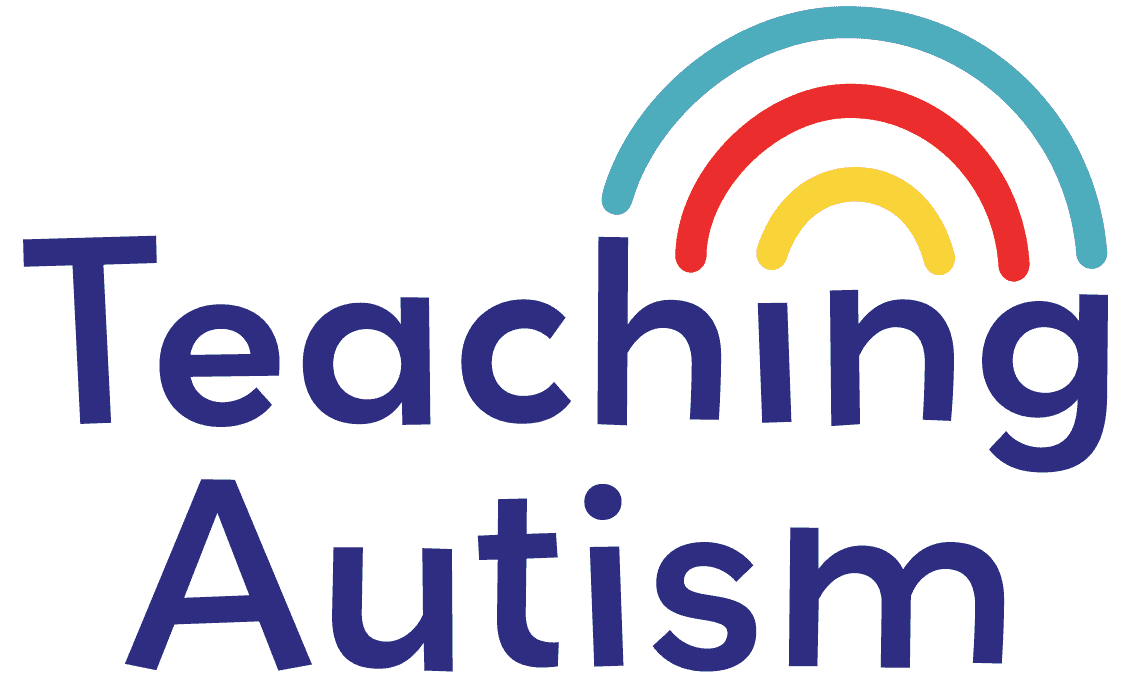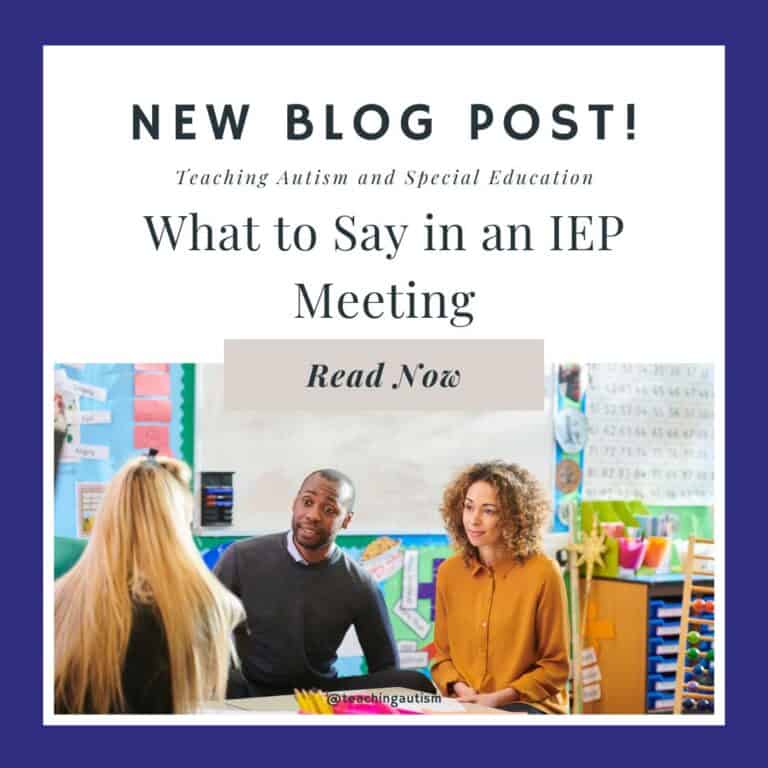How Do I Manage Multiple IEP Levels In One Classroom?
How do I manage multiple IEP levels in one classroom? Oh friend, if I had a dollar for every time I’ve been asked that (or whispered it to myself mid-chaos), I’d have enough to buy all the laminating pouches and Velcro in the world. It’s one of the biggest challenges we face as special education teachers, and honestly, one of the most misunderstood.
Because here’s the truth: managing multiple IEP levels isn’t about having everything perfectly color-coded or running 12 mini-lessons at once while juggling sensory breaks and snack time. (Although that would be impressive.) It’s about smart systems, realistic routines, and trusting that you can meet your students’ needs without burning out.
So if you’re sitting there wondering how on earth you’re supposed to meet the needs of a student working on pre-writing strokes and another student writing full paragraphs, all in the same classroom, grab a cuppa. I’m going to walk you through it, step by step, with real talk, practical tips, and a whole lot of grace.
Step 1: Ditch the “One-Size-Fits-All” Mentality
Let’s be honest, no two IEPs are the same. You might have students with 1:1 support, students working on life skills, some mastering academic goals, and others using AAC to communicate.
Trying to teach everyone the same thing in the same way? That’s a fast track to teacher burnout and student frustration.
Instead, shift your mindset. Your classroom isn’t one lesson with multiple exceptions. It’s many little lessons, strategically layered to meet your learners where they are.
You are not failing if you don’t have all your students doing the same activity. You’re winning when they’re all engaged in meaningful work.
Step 2: Group Thoughtfully
Now that you’re not aiming for uniformity, let’s talk grouping. You don’t need 10 different groups, but you do want to be intentional.
Try this:
- Group by similar skills or IEP goal areas, not just grade level.
- Have mixed-ability centers where peers can model and collaborate.
- Create flexible “working groups” for tasks like sensory regulation, communication, or daily routines.
And yes, your groups might shift week to week, or even day to day. That’s OK! Flexibility is your secret weapon.
Step 3: Use Task Boxes Like a Pro
You know I had to go here. Task boxes are my #1 go-to for managing multiple IEP levels without losing your mind.
They allow you to:
- Target specific IEP goals
- Provide independent or semi-independent work
- Build routines and independence
- Rotate and reuse with minimal prep
I cover this in-depth inside the Task Box Library, with over 1,100 ready-to-go task boxes and built-in training to help you implement them with ease. There’s even a full module on targeting IEP goals with task boxes.
Step 4: Plan the Framework, Not Every Detail
Here’s the trap: thinking you have to write 8 totally separate lesson plans every day.
Nope.
Instead, create a classroom framework that allows for individualisation:
- Start with shared routines (e.g., morning meeting, visual schedule)
- Build in rotation stations (e.g., direct instruction, independent work, life skills, sensory)
- Use data to plug IEP goals into those stations, rather than creating new content from scratch
When you focus on the structure instead of the nitty-gritty, your day becomes so much more manageable.
Step 5: Rotate and Reuse (It’s Not Lazy, It’s Genius)
Yes, you can repeat activities. In fact, repetition builds mastery.
That counting task you used with Sam last week? Reuse it next week with Maria. That sensory bin you made in September? Bring it back with new visuals in January.
Rotate task boxes, tweak activities, and keep a log of what worked. You don’t need brand new Pinterest-worthy content every week, you need effective content.
Step 6: Use Visuals Like Your Sanity Depends On It
Because, let’s be real, it kind of does.
Visual supports are the glue that holds a multi-IEP-level classroom together. Schedules, task cards, work systems, token boards, first/then cards, they reduce language demands, support independence, and make transitions smoother.
And the bonus? Visuals work across all ability levels.
Pro tip: have a visual for everything you expect your students to do independently. Even if they “know” it. Visuals reduce anxiety and increase follow-through.
Step 7: Make Communication Goals Part of Every Activity
If you’ve got nonverbal or minimally verbal students in your class (hi, I see you), then you know how important it is to embed communication into everything.
AAC users should be using their device during all parts of the day, not just during speech sessions.
Need ideas? Try this:
- Add core vocabulary symbols to your task boxes
- Use sentence starters and visual sentence strips
- Model language during activities, even if you don’t require a response
Communication isn’t an “extra.” It’s part of the curriculum.
Step 8: Train and Trust Your Support Staff
I know, this one can be tricky. But when your paras or teaching assistants are confident and consistent, it’s a total game-changer.
- Train them on prompting levels, communication strategies, and how to use data sheets.
- Give them clear expectations and responsibilities.
- Celebrate their wins and encourage ownership.
Step 9: Take Data Without Losing Momentum
Data collection shouldn’t stop the learning.
Use task boxes that align with IEP goals, so you can observe progress naturally. Keep clipboards handy, but also use sticky notes, checklists, or digital forms. Even better? Build “assessment stations” into your week where you rotate students through for 1:1 check-ins.
And remember: not every goal needs to be tracked daily. Prioritise!
You Are Already Doing Better Than You Think
If you’ve ever ended the day wondering if you met anyone’s goals, you’re not alone.
Managing multiple IEP levels in one classroom isn’t about perfection. It’s about meeting your students where they are, using systems that work for you, and giving yourself grace.
So the next time you ask, “How do I manage multiple IEP levels in one classroom?” – know that you already are. And you’re doing a brilliant job.
And if no one has told you today, you’re absolutely smashing it.
Helpful Links
You may also be interested in;
- Life Skills and IEP Goals – A Special Education Teacher’s Cheat Sheet
- How to Pair Task Boxes with IEP Goals
- What to Say in an IEP Meeting
- 5 IEP Meeting Tips for Teachers
- Differentiation vs. Individualization
My Autism Classroom Favorites
Click below to find my Amazon classroom favorites;
*Affiliate Disclosure: These links contain affiliate links. This means I may earn a small commission—at no extra cost to you—if you click through and make a purchase. I only recommend resources I genuinely love and think you’ll find helpful!
If you found this blog post helpful, please consider sharing it with your friends and colleagues on social media, it helps more teachers find support, and it means the world to me and my little family too.
And if you haven’t already, be sure to check out my Free Resource Library for tons of classroom tools, visuals, and printables to make your teaching life easier (and a whole lot more fun!).
P.S. Have you signed up for my VIP membership yet? If not, head on over and sign up now. You’ll get access to hundreds and hundreds of resources, templates, crafts and more being uploaded every month!
Nikki





